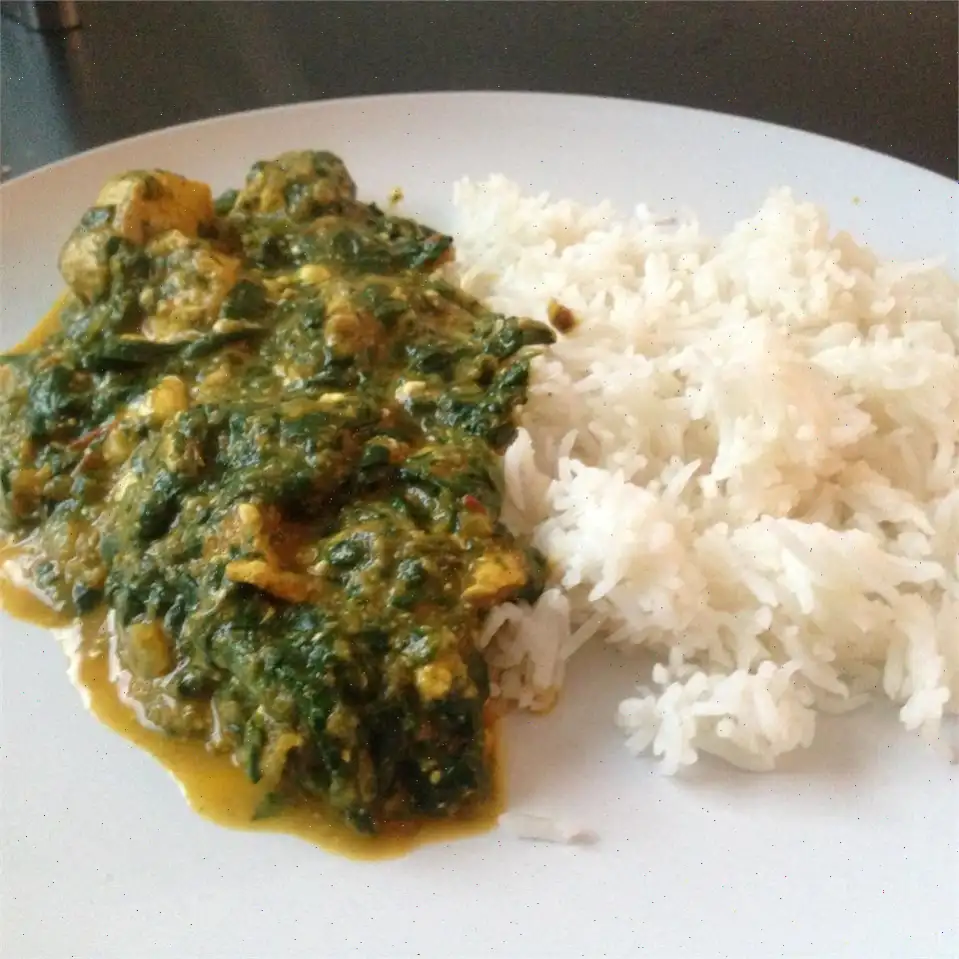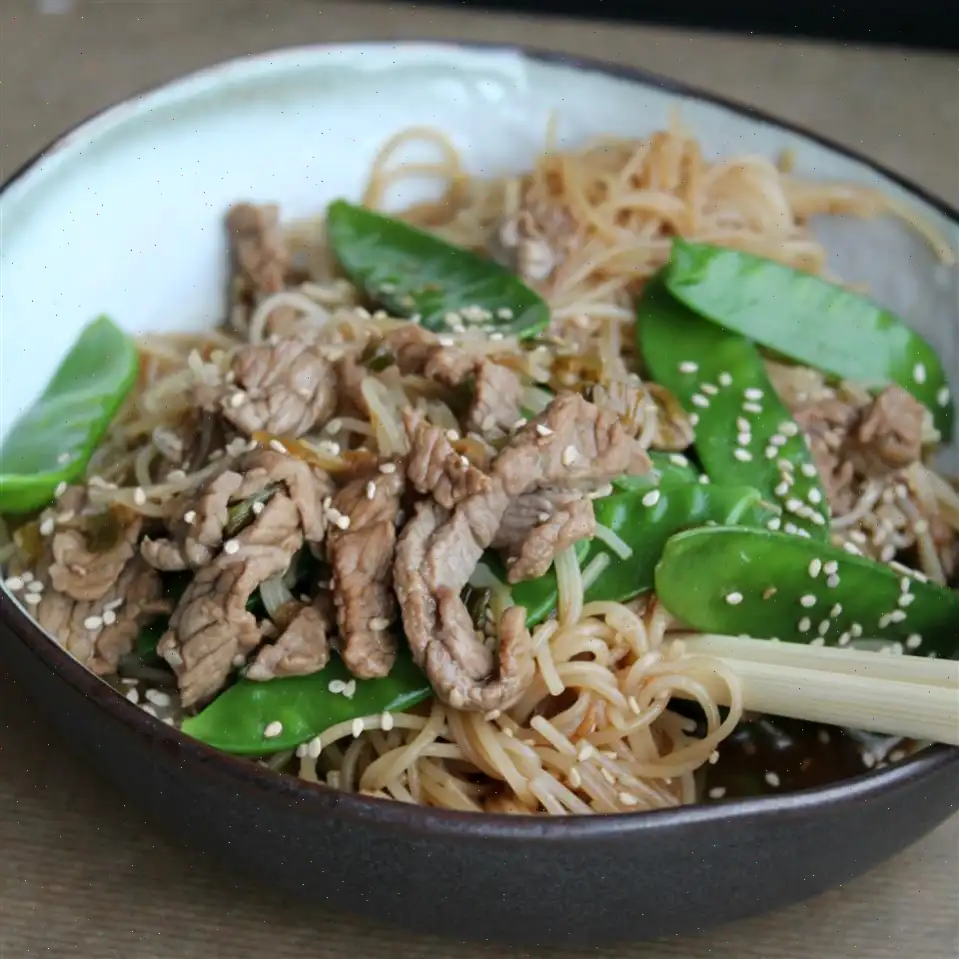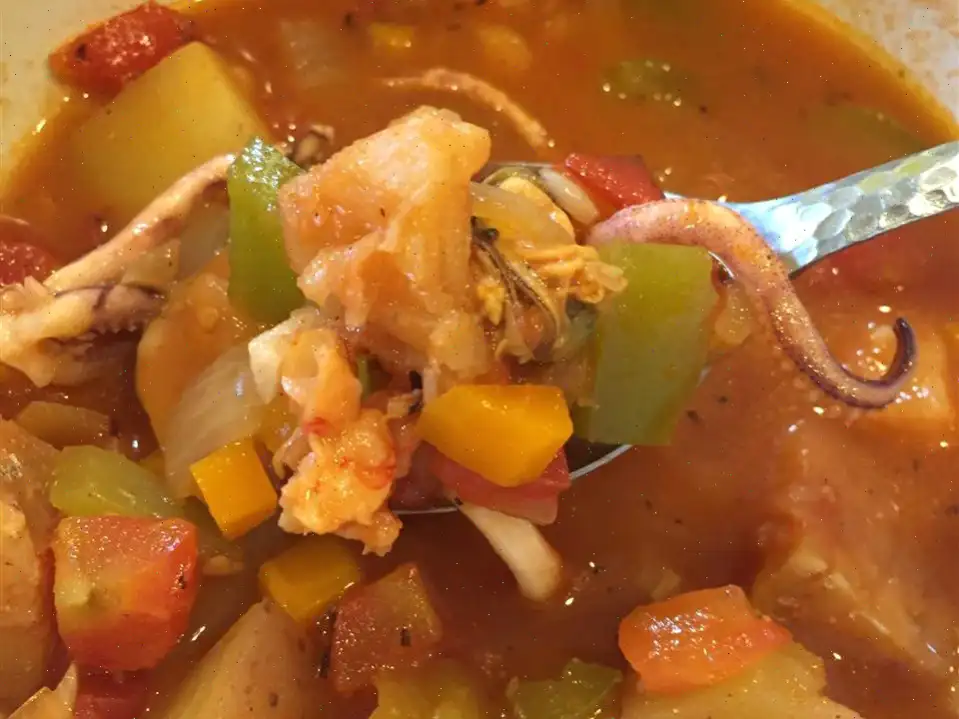
Cucumber Salad with Labneh, Za’atar, and Mint Recipe
This refreshing salad combines the creamy richness of labneh with the bright, herby notes of mint and za'atar, balanced by the crispness of cucumbers. A perfect side dish or light appetizer for any meal!
Ingredients
- 1/4 cup labneh
- 1/4 cup chopped fresh mint, plus extra leaves for garnish
- 2 tablespoons za'atar spice
- 1 1/2 tablespoons lemon juice
- 1 tablespoon extra-virgin olive oil
- 1/2 teaspoon salt
- 1/2 teaspoon freshly ground black pepper
- 2 English cucumbers, quartered lengthwise and cut into 1-inch pieces
- 1 teaspoon lemon zest
Directions
- In a large bowl, combine the labneh, chopped mint, za'atar spice, lemon juice, olive oil, salt, and pepper. Stir until well mixed.
- Add the quartered cucumbers to the bowl. Toss everything together until the cucumbers are fully coated with the dressing.
- Garnish the salad with fresh mint leaves and a sprinkle of lemon zest for added brightness and color.
Nutrition Facts (per serving)
| Nutrient | Amount | % Daily Value* |
|---|---|---|
| Calories | 57 | - |
| Total Fat | 5g | 6% |
| Saturated Fat | 2g | 8% |
| Cholesterol | 6mg | 2% |
| Sodium | 241mg | 10% |
| Total Carbohydrate | 4g | 1% |
| Dietary Fiber | 1g | 3% |
| Total Sugars | 2g | - |
| Protein | 1g | 3% |
| Vitamin C | 3mg | 4% |
| Calcium | 34mg | 3% |
| Iron | 1mg | 5% |
| Potassium | 139mg | 3% |
* Percent Daily Values are based on a 2,000 calorie diet. Your daily values may be higher or lower depending on your calorie needs.
** Nutrient information is not available for all ingredients. Amount is based on available nutrient data.
This refreshing cucumber salad, featuring labneh, zaatar, and mint, is a delicious and light dish that captures the essence of Middle Eastern cuisine. Its a perfect side dish for hot summer days or a delightful accompaniment to any meal. Below, we explore its origins, regional variations, and how it stands apart from similar dishes.
History and Origins
The roots of cucumber salads can be traced back to ancient civilizations in the Middle East, where cucumbers have been cultivated for thousands of years. The combination of fresh cucumbers with herbs and yogurt-like dairy products such as labneh has long been a staple in Mediterranean and Levantine cuisine. Labneh itself is a strained yogurt, popular in the Middle East, offering a tangy and creamy texture that complements the crispness of cucumbers. Zaatar, a fragrant blend of thyme, sesame seeds, and sumac, is another hallmark of the region, known for its bold flavor and aromatic quality.
Regional Variations
In the Middle East, cucumber salads are found in various forms depending on the region. In Lebanon, Syria, and Palestine, labneh is frequently served as a dip or side dish with cucumbers and olives, sometimes drizzled with olive oil and sprinkled with zaatar. In Egypt, a similar salad might be served with a mixture of yogurt and garlic, offering a distinct yet related flavor profile. In Turkey, cucumber salads are often served as a cool side dish, seasoned with dill or mint, offering a refreshing contrast to grilled meats and pilafs.
How It Differs From Similar Dishes
What sets this cucumber salad apart from similar dishes is the use of labneh and zaatar. While many cucumber salads may rely on vinegar or lemon juice for tanginess, the combination of labneh (strained yogurt) and lemon juice creates a creamy, rich base with a fresh citrusy note. Za'atar brings a unique herbal spice that elevates the dish beyond typical salad fare. Additionally, the mint in this salad not only adds a cooling effect but also enhances the Middle Eastern flavor profile, which is often seen in other regional salads like tzatziki or raita, but here its used in a more complex and aromatic blend.
Where Its Typically Served
This salad is commonly served in Levantine and Mediterranean countries, often as a refreshing side dish alongside grilled meats, kebabs, or pita bread. Its a staple in family gatherings, picnics, and even street food stalls, offering a cooling contrast to the sometimes rich and spicy main dishes of the region. In restaurants, especially those serving Middle Eastern cuisine, this cucumber salad can be found as part of mezze platters, where it complements other small dishes like hummus, baba ghanoush, and falafel.
Fun Facts
- Labneh has been a part of Middle Eastern cuisine for centuries, with some sources tracing its origins back to ancient Mesopotamia.
- Za'atar, often referred to as the "herb of life," is believed to have many health benefits, including improving digestion and boosting the immune system.
- The cucumber itself is a fruit, despite being commonly referred to as a vegetable in culinary contexts.
- Mint is not only a flavorful herb but also has medicinal properties, traditionally used to relieve indigestion and reduce inflammation.
Conclusion
The cucumber salad with labneh, zaatar, and mint is more than just a refreshing dishits a celebration of Middle Eastern flavors and culinary traditions. Whether you are familiar with Middle Eastern cuisine or trying it for the first time, this salad provides a perfect introduction to the regions bright and balanced flavors. So, the next time you're looking for a light and healthy dish to accompany your meal, try this flavorful cucumber salad that will transport your taste buds to the heart of the Mediterranean!
FAQ about Cucumber Salad with Labneh, Za’atar, and Mint Recipe
Comments
Ryan Martin
11/16/2024 07:58:26 PM
A wonderful summer side dish! I couldn't find labneh in my area, so I turned to Google for a substitution and used Greek yogurt instead. It turned out perfectly!
William Nguyen
11/11/2023 01:31:47 AM
The recipe is tasty, but unfortunately, I couldn't find labneh at my local grocery stores. Although I could make it myself, it seems like a bit of a hassle. Overall, the recipe ends up being more effort than it's worth.








